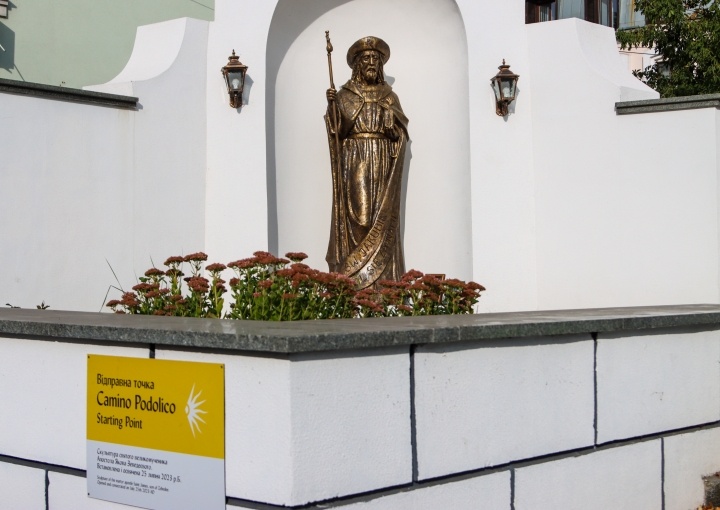
Thanks to a grant from the European Union, the Council of Europe and the European Commission, the project "The Way must go on" was implemented in Vinnytsia and Khmelnytskyi regions. As part of it, it was possible to research and promote the Camino Podolico route thanks to the gastronomic component. As a result, a gastronomic catalog of the route was published, as well as a series of videos, and the communities of the route joined the European Heritage Days for the first time.
The Saint James Way of Podillya (Camino Podolico) is a cultural and pilgrimage route from Vinnytsia to Kamianets-Podilskyi created in 2021 with the prospect of joining the European Federation of Saint James Way. Its drivers are the communities of Vinnytsia, Bar, Kamianets-Podilskyi and other 8 communities of Vinnytsia and Khmelnytskyi regions.
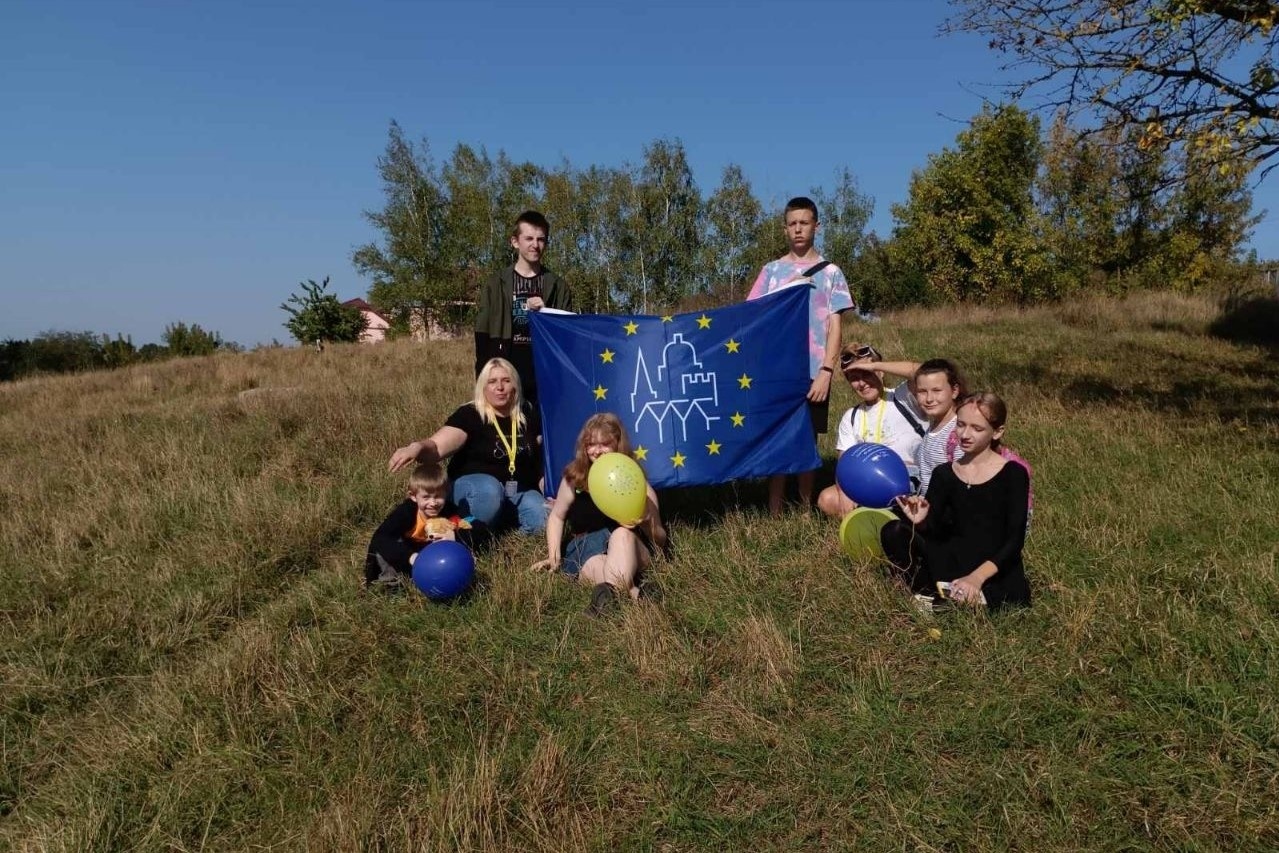
This route was launched despite the challenges of the pandemic, but in 2022, due to the military aggression of Russia, it had to be put on hold - primarily for security reasons. Despite this, several dozens of travelers completed Camino Podolico even during martial law. And the initiators of the creation of the route - local administrations, activists, representatives of various institutions - continue to consider it to be a powerful factor in uniting communities for the sake of preserving and popularizing history, culture, tourism and recreation in their territory, and show great interest in the development of the route.
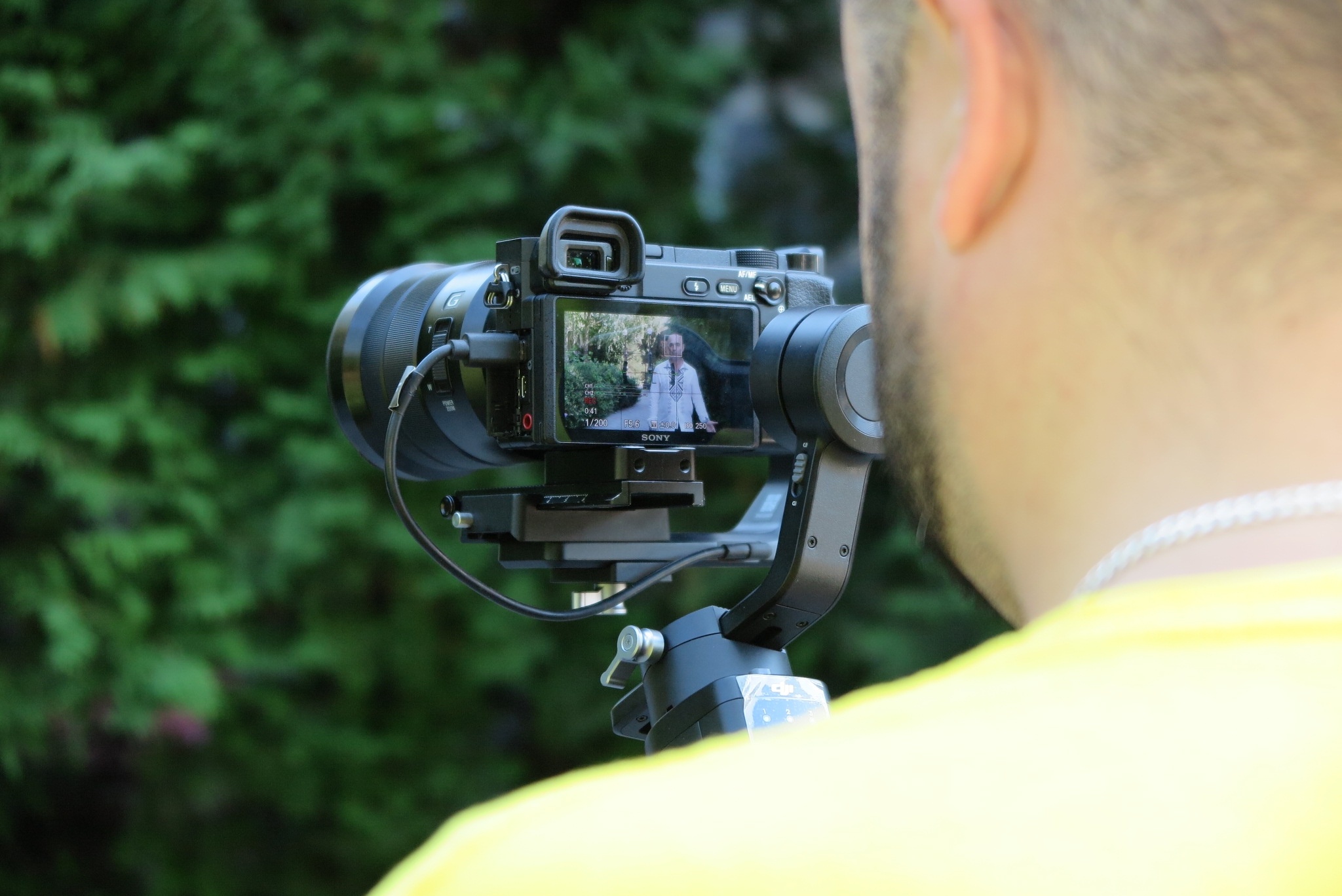
In order to preserve the potential and give communities the opportunity to develop, the team of the department of city marketing and tourism of Vinnytsia City Council is actively continuing work on the project. In June of this year Vinnytsia as the coordinator of the Camino Podolico route was unanimously accepted to the European Federation of Saint James Way, which opened new possibilities for international cooperation. Also, in the summer, a sculpture of Saint James - the symbolic starting point of Camino Podolico - was consecrated in Vinnytsia. And thanks to grant support from the European Union and the Council of Europe it was possible to implement a project “The Way must go on” – expeditions to research and document the local intangible heritage: gastronomy, local legends and customs, history of monuments and their owners along the entire Saint James Way of Podillya route.
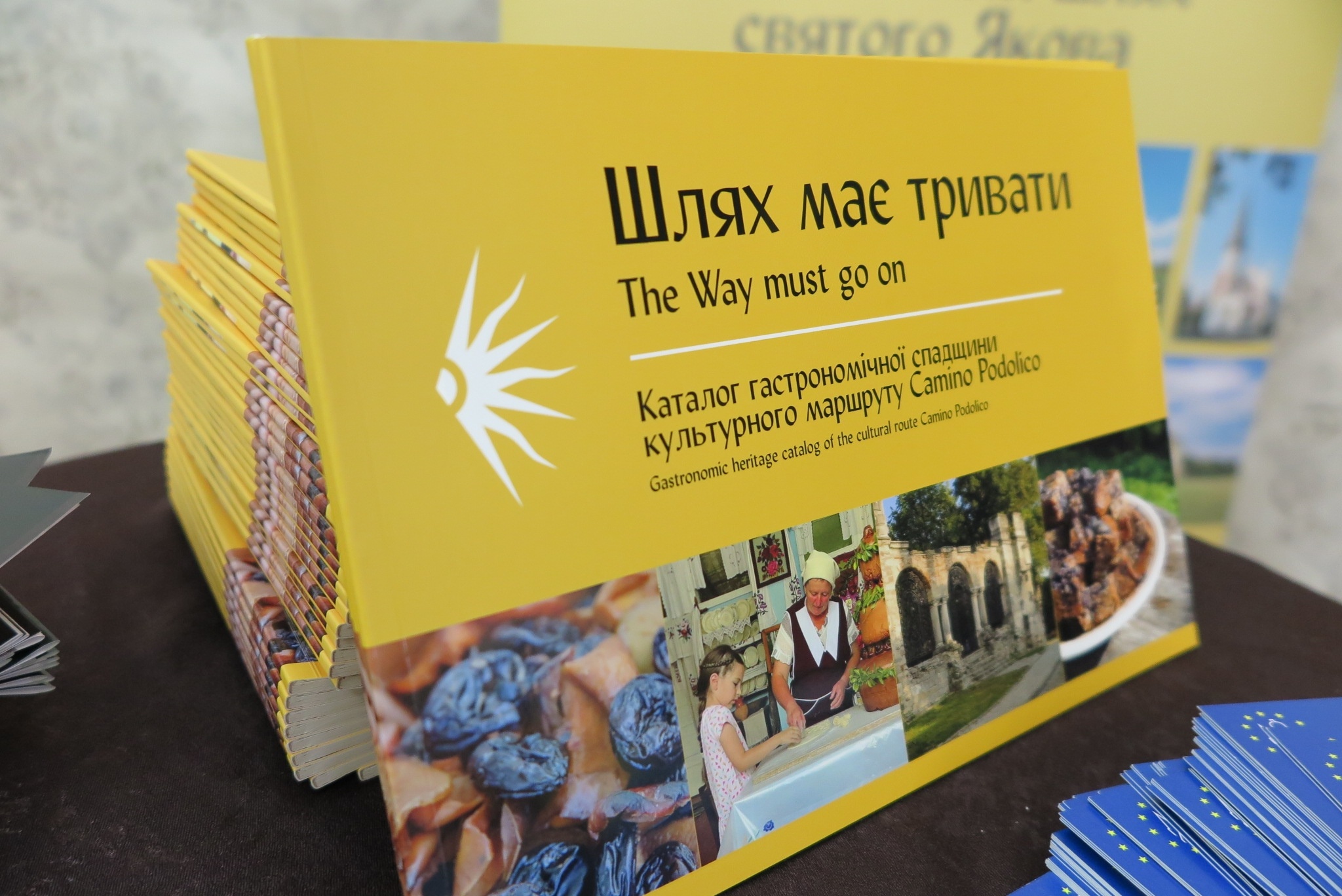
Thanks to a number of activities, communities received an incentive to develop, work with tourists, build basic infrastructure, and most importantly - protect and develop local heritage.
The taste of the Podillya Way
The result of several months of work of the project team, together with researchers and experts, was the release of a gastronomic catalog and videos about the gastronomic heritage of 11 communities of Camino Podolico, as well as publications and popularization of the route in the national media.

The gastronomic catalog includes 22 recipes of authentic dishes of Podillya both in Ukrainian and in English. With a list of places on the Camino Podolico where these dishes can be tasted, travelers will be able to taste Podillya and thus immerse themselves more deeply in the culture of the region. Among the dishes are cherry borscht and stuffed chicken necks from Vinnytsia, tripes from the stomach of a young calf from Voroshylivka (near Hnivan), pickled cucumber stew from Brailiv, varenyky with cherries in jelly and stuffed pike from Zhmerynka, cabbage rolls with pork ribs from the time of Queen Bona and milk jelly from Bar, white borscht from Maliivtsi and many other interesting dishes of local Podillya cuisine.
Living heritage
At the same time, workshops were held in the communities of Vinnytsia and Khmelnytskyi regions, located on the tourist route, to start European Heritage Days there. As a result, 6 communities on the Camino Podolico route joined in the celebration of EHD.
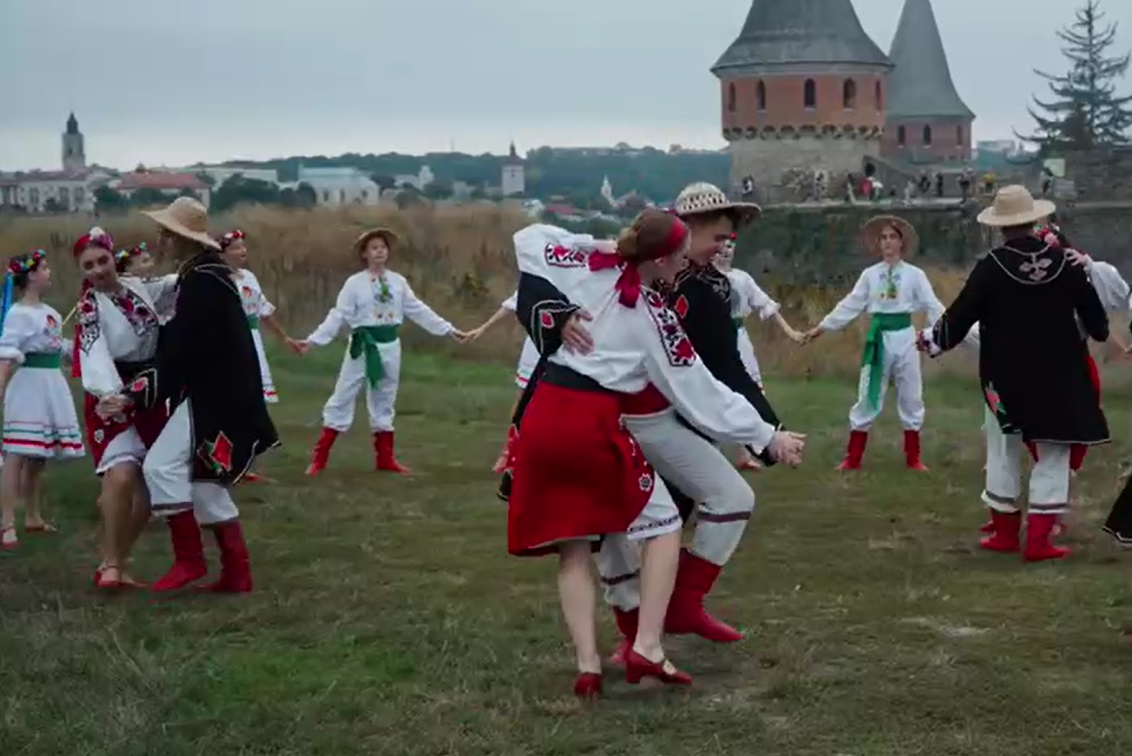
For example, in the village of Shchitky of the Vinnytsia community, workshops were held dedicated to cattail weaving, the traditions of which are included in the list of intangible cultural heritage of Ukraine. In Kamianets-Podilskyi, the ancient local dance "Varvarka'' was recreated with a gastronomic fair where the traditional dishes of Podillya cuisine were prepared. Excursions for children were organized in Vinkivtsi, where they were told about the historical past of the region, helped to explore typical plants of the area and create botanical illustrations. In Dunaivtsi, local craftsmen participated in the EHD and held a series of events with excursions and workshops: on Easter eggs painting, making souvenirs and pictures from feathers, drying plums, woodcarving, traditional pottery, etc. In Zinkiv, the peculiarities of the intangible cultural heritage elements were investigated: ceramics, decorative painting, Easter eggs painting and the Zinkiv shirt, followed by the production of printed products, which can become a souvenir-hallmark of the village. And in the city of Bar, visitors of the local library were involved in creating a series of puzzles with photos of historical monuments of the region - "Seven Wonders of Bar region".

All these activities made it possible to present the cultural life and heritage of the communities of Vinnytsia and Khmelnytskyi regions, which are in the rear, as a powerful resource for preserving identity and using it for the purposes of public dialogue, economic growth and promotion of the values of united Europe, which is especially relevant in the context of this year's EHD theme "Living Heritage". Such activity and inclusion of communities once again confirms that Ukrainians in the current conditions continue to fight for the preservation of their history and cultural identity.
Also, thanks to the expeditions during the project "The Way must go on", problematic issues and ways to solve them were worked out. And in the vast majority of communities, communication has been renewed and new coordinators of the Camino Podolico route have been chosen. The communities themselves expressed their intention to resume the functioning of the route in the next season, and in addition, despite the challenges of today, to deepen the knowledge of their residents (in particular, displaced persons who found shelter there) and residents of other regions about history and local traditions.
